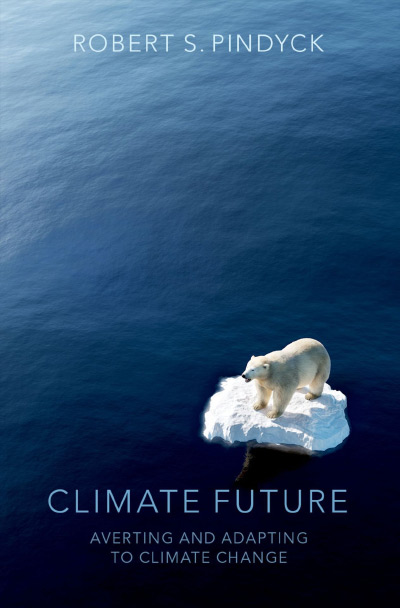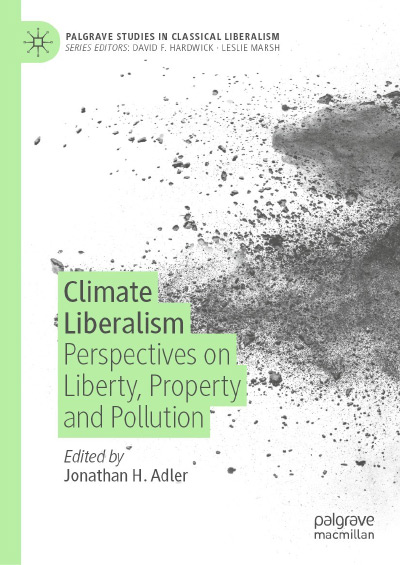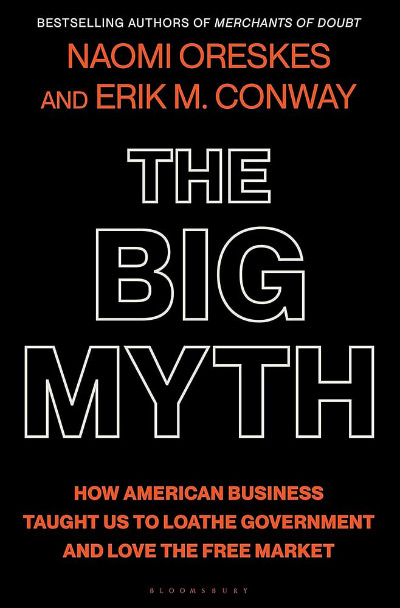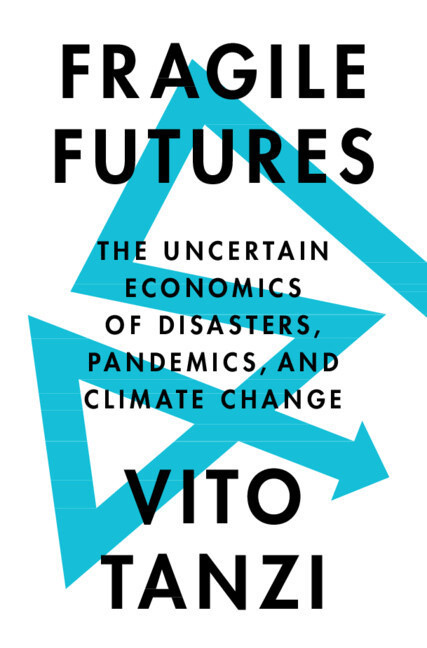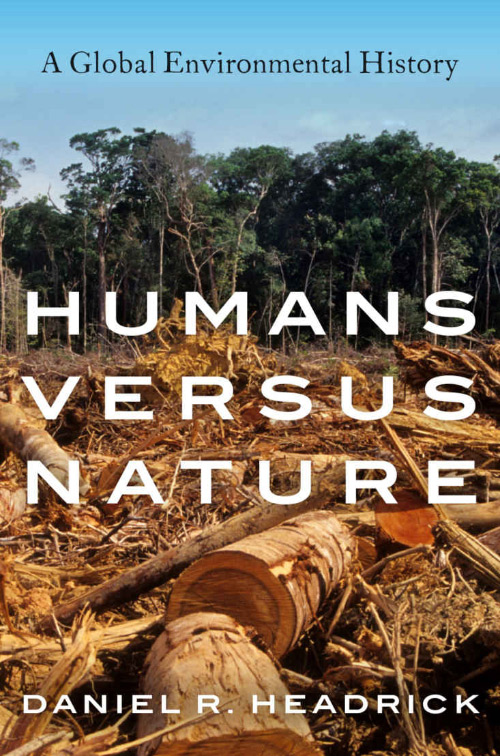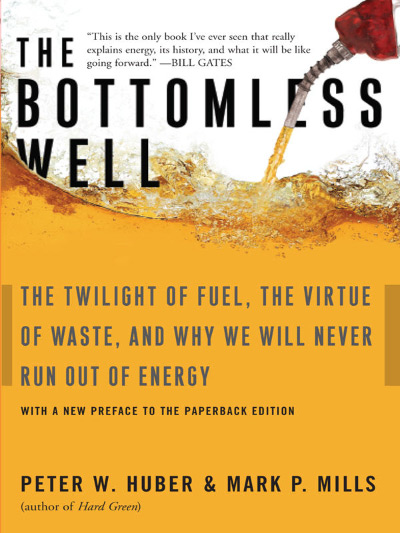MIT’s Robert Pindyck caused a bit of a stir in 2013 when he published an article titled Climate Change Policy: What Do the Models Tell Us? (Journal of Economic Literature 51, no. 3: 860 – 72). His pithy answer to the title question was “Very little.”
He hasn’t backed down from this well-argued conclusion, but he argues in Climate Future that the great uncertainty regarding climate change and its impacts on society and the economy shouldn’t make us complacent. In fact, he argues that we “should push hard to reduce CO2 emissions as much as possible, using whatever policy instruments are available (and sensible)” (p. 127). The kicker in that sentence is deciding what is sensible when you don’t know very much, while the preamble that we “should push hard to reduce CO2 emissions as much as possible” seems like a sop to his intended audience who see climate change as an existential threat.
Pindyck’s central points are that we don’t actually know a lot about how much temperatures will rise in the future or about broader climate changes, and we know even less about how this will impact the economy and the likely magnitude of potential damages from rising greenhouse gas (GHG) levels. The first core issue is climate sensitivity—how much does temperature rise due to a doubling of the atmospheric CO2 concentration. “We’re not sure, but the current state of climate science puts the number at something between 1.5 and 4.5°C. Yes, that’s a wide range” (p. 26). Later he cites a study concluding that “climate sensitivity is in the realm of the ‘unknowable’” (p. 67). “But let’s keep marching ahead and assume that we know how much the temperature will increase during the coming decades (and how much sea levels will rise, etc.), and try to project the economic impact of such changes in terms of lost GDP and consumption. Now we are in truly uncharted territory. Most integrated assessment models ... make projections by including a ‘damage function’ that relates temperature change to lost GDP, but those damage functions are not based on any economic (or other) theory, nor on any empirical evidence” (p. 42). After giving the mathematical formula for the inverse-quadratic loss function used in Nobel-laureate William Nordhaus’s influential DICE (Dynamic Integrated Climate and Economy) model and the exponential-quadratic loss function used by Martin Weitzman, Pindyck concludes that “they are just arbitrary functions, made up to describe how GDP goes down when temperature goes up” (p. 69). Why do scholars and policy makers pay any attention to these models? He adds that, “I don’t want to give the impression that economists know nothing about the impact of climate change” (p. 70), but the impression sticks that we know next to nothing. The chapters on “What We Know and Don’t Know about Climate Change” and “The Role of Uncertainty in Climate Policy” are worth the price of the book by themselves. The bottom line is that “many of the books, articles, and press reports that we read make it seem that we know a lot more about climate change and its impact than is actually the case” (p. xi). Searching the book electronically, I found the phrase “don’t know” forty-four times.
After explaining the uselessness of these models that are used to give estimates of the marginal external costs of greenhouse-gas emissions and therefore the optimal tax on fossil fuels and other sources of greenhouse gases, Pindyck somewhat surprisingly concludes that carbon taxes are reasonable: “A carbon tax is efficient, effective, and simple” (p. 103). No, a Pigouvian tax along these lines only increases efficiency if it is in the right ballpark. If the marginal external cost of carbon is, say, $25 per ton, then levying a tax of $25 per ton can move us to efficiency. Likewise, a tax of $20 or $30 is likely to move us closer to the efficient level of emissions. However, a tax of $100 will make things worse. Therefore, his conclusion that in the U.S. “any tax would be better than what we have now” (p. 145, emphasis in the original) is patently incorrect. He notes that “what we have now” includes subsidies for fossil fuels that generate external costs totaling about $60 billion per year. However, the source he cites (Matthew J. Kotchen, 2021, The Producer Benefits of Implicit Fossil Fuel Subsidies in the United States, Proceeding of the National Academy of Sciences 118, no. 4) estimates that the majority of these externalities come not from climate damages but from traffic accidents, congestion, and road damages. If renewable energy is used to power motor vehicles they will still get into accidents, cause congestion, and damages roads—so this doesn’t seem like a subsidy to fossil fuels per se. He also ignores the fact that fossil fuels are already taxed, especially gasoline and diesel.
Despite all his (and everyone else’s uncertainty) about climate change and its impacts, Pindyck draws up a four-point policy game plan: 1) sharply reduce global GHG emissions, preferably as part of an international agreement that can realistically be enforced, 2) reduce emissions as efficiently as possible via a carbon tax and expanded use of nuclear power, 3) pursue options to remove carbon from the atmosphere (which, he admits, don’t look very promising given their high costs), and his most useful point 4) invest in adaptation. Adaptation appears to be most important, meriting an entire chapter. It is clear that individually and collectively we constantly adapt to changing circumstances, so if the climate changes it would be absurd to think we wouldn’t adapt. Adaptations include greater use of air conditioning, no longer building structures in flood-prone areas, building seawalls, and solar geoengineering—such as the much-discussed possibility of “stratospheric aerosol injection” (SAI), putting sulfur dioxide into the upper atmosphere. Pindyck adds an important point about solar geoengineering: it need not be thought of as a permanent policy but could be more of a bridge until technology allows us to replace fossil fuels cheaply and reliably.
“There is uncertainty about this, but we would probably need a global carbon tax on the order of $100 per ton to reduce CO2 emissions sufficiently to meet a 2°C target. [Given the current situation] that carbon tax would add up to nearly $4 trillion, which is close to 4 percent of global GDP. That is some 20 times greater than [the $200 billion per year high-end estimate of] the cost of solar geoengineering. ... And the actual cost might turn out to be closer to $20 billion per year rather than $200 billion” (p. 195). I have seen plausible estimates of the cost of solar geoengineering that are well below $20 billion per year, but in any case, the bottom line is that any reasonable person should think twice (or thrice or more) about solving a problem of unknown magnitude per unit at a cost of $100 per unit when a $5 or 50 cent solution is at hand.
Pindyck concludes that “as individuals and as a society we are inherently myopic” (p. 203), meaning that we discount future costs and benefits at a very high rate. My sense is that we are not so myopic and have become less myopic over time, especially as our wealth levels have increased, which allows us to be more patient. This is probably one reason that real interest rates have fallen so much over time (see, for example, Kenneth Rogoff, Barbara Rossi, and Paul Schmelzing, 2022, Long-run Trends in Long-Maturity Real Rates, 1311 – 2021, NBER Working Paper, no. 30475). However, there are clear cultural and religious trends that are pushing people to be more short-sighted and think shorter-term, which weigh against this historic drop in the discount rate. Whether or not the discount rate is too high, too many of our intellectual, political, and policy leaders have a disturbing tendency to pretend they know things that they don’t, to propose drastic solutions to the problems they perceive, and to turn every issue into a “crisis.” Robert Pindyck’s book leans against this prevailing tendency.
| Other Independent Review articles by Robert M. Whaples | ||
| Spring 2025 | Millennials, Gen Zs, Capitalism, Socialism, and Confusion | |
| Spring 2025 | Not Stolen: The Truth about European Colonialism in the New World | |
| Spring 2025 | Green Breakdown: The Coming Renewable Energy Failure | |
| [View All (106)] | ||



